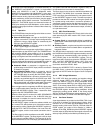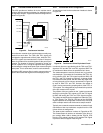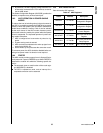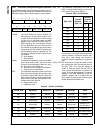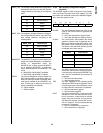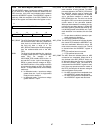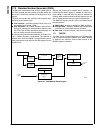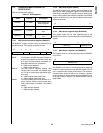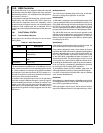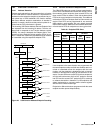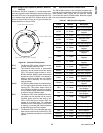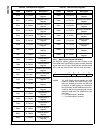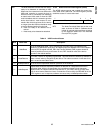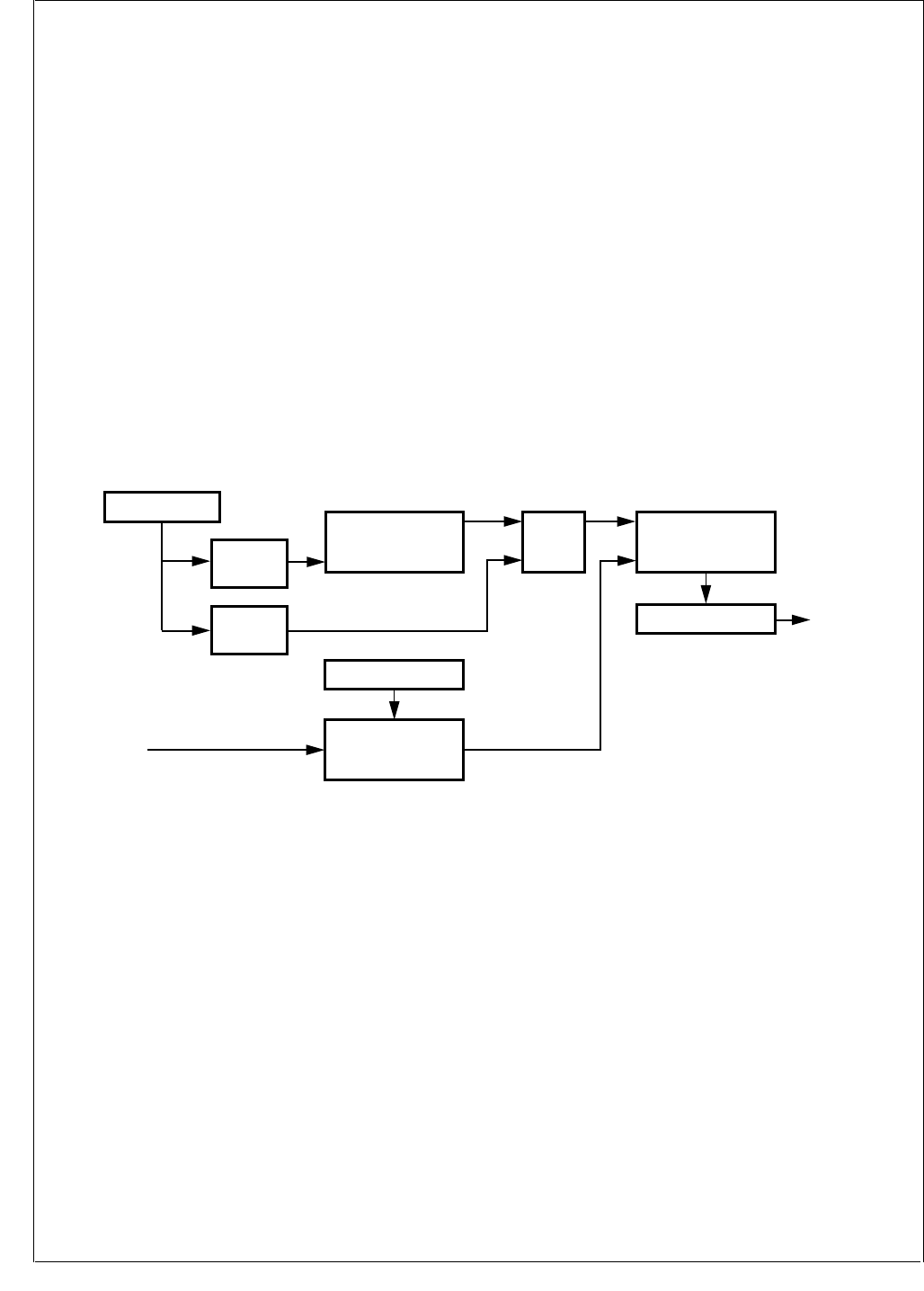
www.national.com 88
CP3BT26
17.0 Random Number Generator (RNG)
The RNG unit is a hardware “true random” number genera-
tor. When enabled, this unit provides up to 800 random bits
per second. The bits are available for reading from a 16-bit
register.
The RNG unit includes two oscillators which operate inde-
pendently of the System Clock:
Fast Oscillator—a 24 MHz oscillator which drives a lin-
ear feedback shift register (LFSR).
Slow Oscillator—an unstable oscillator which drives a
flip-flop for sampling the pseudorandom bitstream from
the LFSR. This oscillator operates at approximately 115
kHz, but it does not have a fixed frequency.
By sampling the pseudorandom bitstream at random inter-
vals, a random bitstream is synthesized. This bitstream is
clocked into a 16-bit shift register. A programmable clock di-
vider generates the clock signal for the shift register from the
System Clock.
When a new 16-bit word of random data is available, it is
loaded into the RNGD register. If enabled, an interrupt re-
quest (IRQ3) is asserted when the word is available for
reading. When software reads the RNGD register, the reg-
ister is cleared and the interrupt request is deasserted.
The RNGCST register provides control and status bits for
the RNG module:
RNG Enable—enables or disables the RNG oscillators.
Interrupt Mask—enables or disables the interrupt when
a new word of random data becomes available.
Data Valid—indicates whether a new word is available.
17.1 FREEZE
The RNG module provides support for an In-System Emu-
lator by means of a special FREEZE input. When FREEZE
is asserted, the automatic clear-on-read function of the
RNDGD register is disabled.
Figure 28. RNG Module Block Diagram
DS185
Sample Strobe
Divider
RNGDIVH/RNGDIVL
RNGD
System
Clock
31-Bit LFSR
Clock
Sample
Flip-Flop
Clock
D
16-Bit Shift Register
RNGCST
Slow Osc.
(~115 kHz)
(Unstable)
Fast Osc.
(~24 MHz)
Clock
DQQ
Enable
System
Bus



